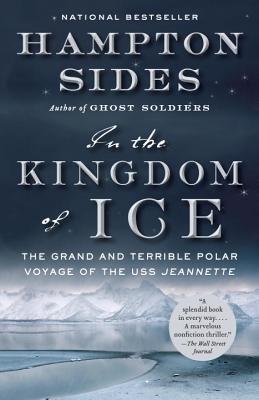What do you think?
Rate this book


454 pages, Paperback
First published August 5, 2014







In the kingdom of ice, far from the world,
lamentations rise from the ship,
As she battles the slabs and growling swirls,
and writhes in their throttling grip.
The crusted floes crack in fits and sprees,
and in fury flog her planked hide,
Spent sailors fall upon supplicant knees,
yearning for kith and hearthside.
The hungry ice clutches more tightly,
to check the flight of its prey,
The captain’s command rings forthrightly,
“All hands quit while ye may!”
See how the rough men pine and weep,
as she falters and slips,
High in the masts, the haunted winds whine,
a dirge to the truest of ships
That bore them so long, yet now in the murk,
the proud boat twists to her bed,
And when the day hath ended its work,
Northern Lights paint her grave purple-red.
—— “The Sinking of the Jeannette,” by Joachim Ringelnatz








Sketches of Islands Discovered by U.S.S. Jeannette